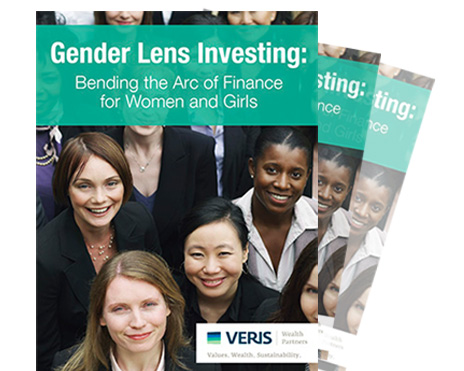Gender Lens Investing: 2018 Is A Watershed Moment
By Patricia Farrar-Rivas, Alison Pyott, Luisamaria Ruiz Carlile
Linda Pei had a vision. In 1993, she launched the Women’s Equity Mutual Fund, the first U.S. fund investing in companies with positive track records ofhiring, promoting and generously compensating women.
Her fund marked the birth of “gender lens investing” (GLI), which is founded on the premise that investing intentionally for gender balance and equity can generate both financial and social returns.
For decades, however, there wasn’t much progress. Over the next 20 years, only four new strategies emerged explicitly incorporating gender into their financial analysis of publicly traded securities.
GLI Blossoms
Fast forward to 2018. Over the past 12 months, we’ve seen more growth in GLI in a single year than we have in the past two decades.
As of June 30th, 2018, investors had poured $2.4 billion into 35 GLI vehicles holding publicly traded securities, according to the 2017 Gender Lens Investing report from Veris.
This is a 23-fold increase from $100 million just four years ago.
These investment vehicles range from U.S. and Canadian ETFs, to French and Nigerian mutual funds, to Australian ‘gender equality bonds.’
Click here to download Gender Lens Investing: Bending the Arc of Finance for Women and Girls.
Fully Diversified GLI Portfolios
As the number of GLI vehicles has increased, investors have begun making the leap from investing in single products to constructing entire, fully diversified GLI portfolios with clear missions.
Our 2018 report highlights three of these portfolios, each tackling distinct social issues: gender-based violence, women’s chronic under-representation in leadership, and the need for innovation in women’s health care.
This week, Alison Pyott and Luisamaria Ruiz Carlile of Veris will be sharing this research at theGender-Smart Investing Summit, taking place in London on November 1-2. The goal of the summit, expected to attract 300 champions of GLI, is “moving gender-smart capital with vision and velocity.”
Linda Pei would be proud that her vision endured.
Even greater would be her delight at the accelerating flow of capital into public market GLI products: the first $1 billion took 25 years. The second $1 billion took 12 months. How long to $100 billion? The first $1 trillion?




